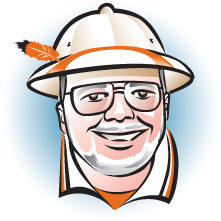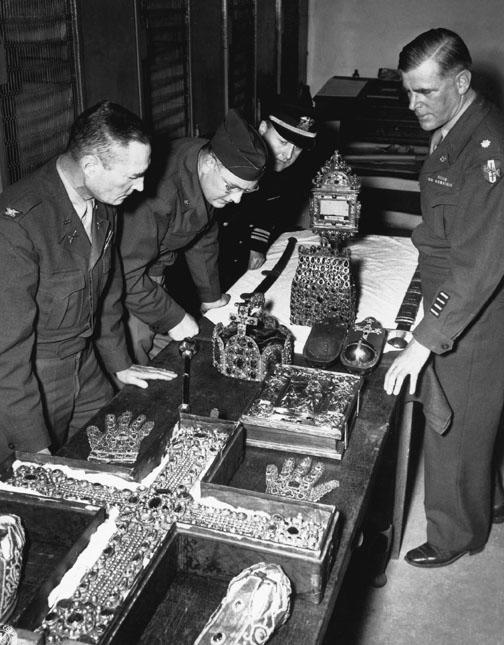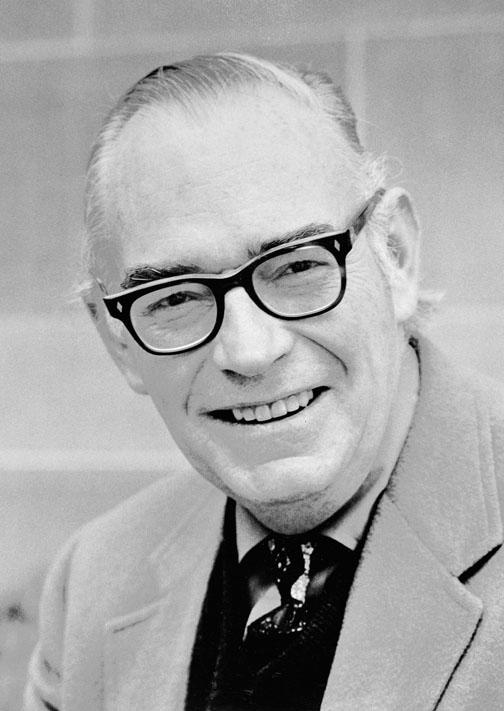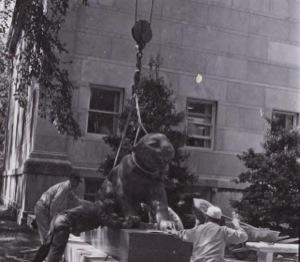Great art picks up where nature ends.
— Marc Chagall
On one of the 37 snowy, subzero New Jersey weekends of last winter, I walked/excavated my way two blocks to the movies and saw George Clooney’s The Monuments Men; I’m a sucker for World War II films, in part since my Dad helped clean up Europe after the war with a million or so other GIs. I know some people are mad at Clooney because the film is not what they expected – among other things, it’s the quietest global-war film in history – but I think my enjoyment of it came from a strong identification with the unexpected protagonist: the art itself. I guess folks wanted to root for (Groundhog Day freaks) Bill Murray or (Downton Abbey freaks) Hugh Bonneville, and when Raphael and Michelangelo – not the Mutant Turtles, the other ones – turned out to be the heroes, the popcorn crowd was irritated.
It’s not like the monuments men are belittled or anything, maybe just a bit caricatured; and heaven knows they’ve otherwise gotten some fine press lately, with Robert Edsel’s excellent book (on which the film was based) and the success of The Monuments Men Foundation. Which recalls to mind as well Princeton’s involvement in the story, so well told in Barksdale Maynard ’88’s fine 2010 feature in Your Favorite Periodical. Be sure to read it if you missed it the first time around.
It’s astonishing to think of the great Allan Marquand 1874, legendary founder and first director of the University Art Museum in 1882, as involved in the war effort, but he was the teacher of Ernest DeWald *1914 *1916, who first served in World War I, became one of the leading monuments men in Italy during the second war, and then in 1946 the third director of the art museum himself. The little place was bursting at the seams by then, but building Firestone took precedence over new museum space; so he spent years planning every detail of the new art museum, which became a high-profile goal in the groundbreaking $53 Million Campaign in 1959-62. DeWald retired after 35 years at Princeton in 1960, and a student of his, fellow monuments man Patrick J. Kelleher *47, succeeded him as museum director. So it fell to Kelleher, who became only the fourth director of the 78-year-old teaching museum, to preside over the great expansion: During his 12 years as director, not only was the current museum built and outfitted, but an anonymous benefactor decided that a memorial to Army Lt. John B. Putnam Jr. ’45 was called for, and that transforming the campus into one of America’s great sculpture gardens was just the ticket.
The new museum was dedicated June 10, 1966, but the art was barely settled on the walls when the Putnam donation arose; it was announced in a curiously offhand way (the huge scope was unremarked) in March of 1968, and Kelleher was faced, essentially, with being an instant arbiter of the best contemporary sculptors in the world. He chose a remarkable, small but high-powered group of museum heavyweights to join in the selection task: William Milliken 1911, director emeritus of the Cleveland Museum of Art; Alfred Barr ’22 *23, director emeritus of the Museum of Modern Art in New York; and the glitzy Thomas Hoving ’53 *60, then in the midst of reanimating New York’s stodgy Metropolitan Museum of Art as the youngest director in its history. Within four years, a wonderful if eclectic selection of modern sculpture was in place on campus. I told the story of the Putnam collection here a couple years back, and it’s fun additionally to think of these monumental pieces as tributes to the monuments men – to DeWald, Kelleher, and their compatriots who did so much to advance the cause of Western culture in the face of mortally hostile circumstances.
Their successors at the art museum have taken this heritage and stretched it into a snazzy 21st-century package via a wonderfully creative and rich project playing right now on a smartphone or (dinosaur alert) desktop of your very own. All you need do is go to Campus Art Princeton and browse your way through a highly creative selection of multimedia background and enrichment pieces surrounding a large number of the campus art installations, even beyond the 20-piece Putnam collection, currently 47 works items and growing. It’s perfectly set up to allow you to walk the campus, stop, and (after carefully checking for rogue mounds of unmelted snow) in each case read and/or hear wonderful vignettes about the work in front of you.
One of my favorites is the page on Picasso’s Head of a Woman, a piece which we talked about at length a couple years back. Not only can you hear a mellifluous background piece from the Eminent Historian in the pith helmet, but also an introduction from Kelly Baum, the curator of modern art at the museum, and entrancing explanations about conserving a concrete sculpture from John Scott, and about photographing one from Bruce White, who intriguingly explains why there was never a good photo taken of the Picasso until it was moved to Spelman Halls.
The entertainment factor in the presentations really deserves an explicit mention. You’ll find wonderful works I’ll bet you never knew were there – the Louis Comfort Tiffany stained glass triptych in Jadwin Hall, for example. You’ll get wonderful granular factoids (if you have a junk mind like mine), e.g the largest canvas painting on campus: Friedel Dzubas’ Wende, in the Friend Center, or the oldest sculptor represented: Charles Turnbull (1579!), a replica of whose Oxford sundial was donated by William Mather in 1907. Here are fresh nuggets even in the most familiar places: When you see the Proctor tigers at Nassau Hall, you find out from Lisa Arcomano (the talented producer of the website) about big-game hunting with Teddy Roosevelt, from University Archivist Dan Linke about the Continental Congress and Bob Dylan, and a bonus serenade in orange and black from your crooning Eminent Historian. And if you just can’t get enough tigers, there are two more pairs to be investigated: Bruce Moore’s 1968 duo between Whig and Clio (Extra: Linke explains more than is proper about the Cloaca Maxima!), and Ruffin Hobbs’ topiary tigers at the front entrance to Princeton Stadium.
The website is also admirable in its flexibility; you can do a full tour if you like, but you also can dial pieces up individually over months or years as you run across them; and of course, additions are both simple and freshening to the collection as a whole. I’m curious to see how the extremely well-traveled Princeton Student of the renowned Daniel Chester French will be portrayed when the website rediscovers him in the lobby of Jadwin Gym, and the Class of 1912 Pavilion on Poe Field probably deserves a mention, too. The possibilities are both fun and exciting; imagine some P-rade history in the Bloomberg Arch, or a few thoughts on the trustees at the Stamp Act sycamores on Nassau Street.
In its artistic aspects, the campus on myriad levels gives us enjoyment, satisfaction, and a chance to recall how extraordinary our good fortune has been in inheriting this wonderful microcosm from the many generations of dreamers, builders, and conservators who have imagined us in their far future, and lent their creativity and toil to our lives. They have taken many forms in many times: cannoneers at the Battle of Princeton (recalled by Linke at Nassau Hall), sculptors of whimsical gargoyles and huge Picassos, and monuments men giving rebirth to the cultural patrimony of Europe, then returning to America to enrich our own. And all we need do now is wander through the gorgeousness of Princeton in the springtime (ignore the dirty snow), pop on our smartphones, and let the ages unfold, monumentally.

















No responses yet